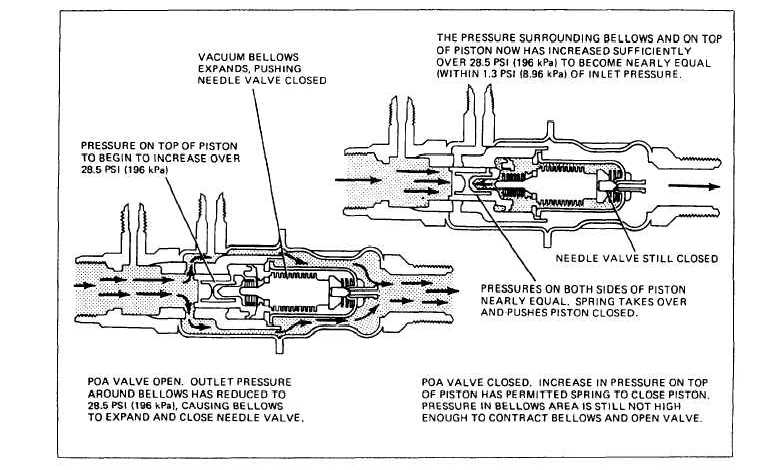
Figure 13-10. - Pilot-operated absolute (POA) suction throttling valve.
Pilot-Operated Absolute Suction Throttling Valve
The pilot-operated absolute (POA) suction throttling valve (fig. 13-10) maintains the proper minimum evaprator pressure regardless of compressor speed, evaporator temperature, and changes in altitude. The POA suction throttling valve is operated by a bellows containing an almost perfect vacuum. The expanding and contracting action of the bellows operates a needle valve, regulating its surrounding pressure. As inlet and outlet pressure are equalized, spring pressure closes the valve. The pressure differential across the valve then forces the piston toward the lower pressure, therefore, opening the valve to allow refrigerant to flow.
THE COMPRESSOR
The compressor increases the pressure of vaporized refrigerant exiting the evaporator. When the system is activated, a coil produces a magnetic field that engages the drive pulley to operate the compressor (fig. 13-11). Some compressors tie protected from overheating by a superheat switch located inside the compressor (fig. 13-12). Should the compressor develop an excess amount of heat due to a loss of refrigerant or oil, the superheat switch disengages the compressor by completing a circuit and opening a thermal fuse. Sometimes a compressor discharge pressure switch is used to protect against a low refrigerant condition. (See fig. 13-10.) This switch disengages the compressor drive to protect the system when discharge pressure drops below approximately 35 psi (241 kPa). Often a muffler is used on the outlet side of the compressor (fig. 13-11). The muffler helps reduce compressor pumping noise and line vibrations.
Two-Cylinder Reciprocating Compressor
The two-cylinder reciprocating compressor 13-13) has two reciprocating pistons fitted (fig. into cylinders. A special valve plate, operated by differential pressures, is used to control gas flow.
Continue Reading